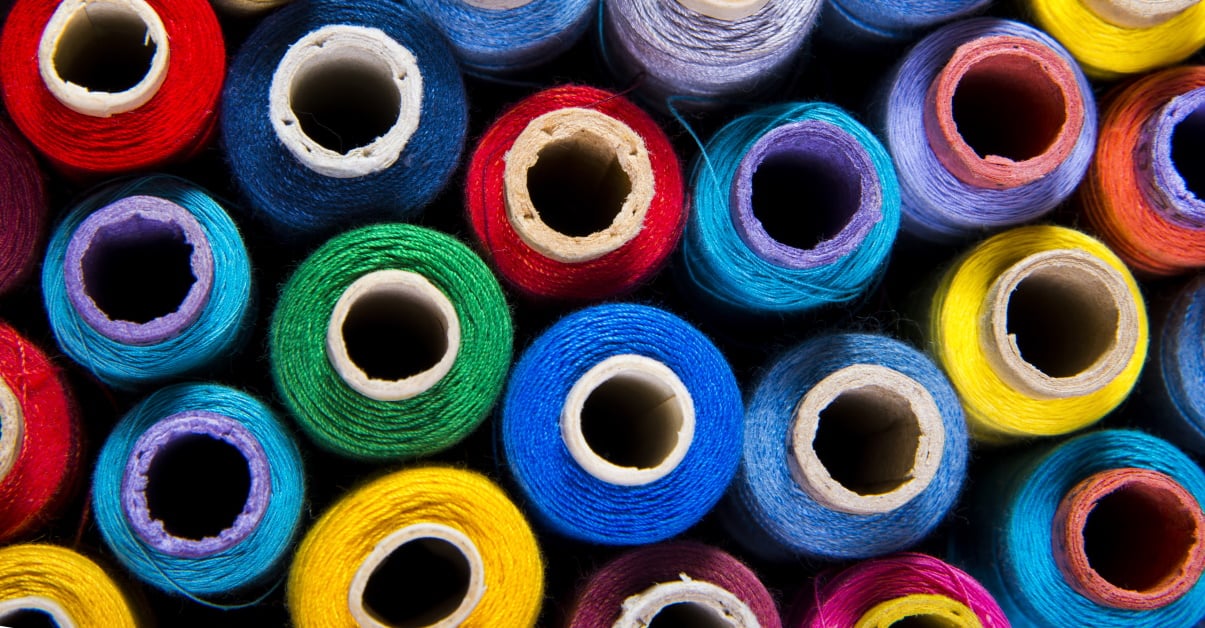How clothes and shoes can be made with renewable electricity
The textile industry has energy-intensive supply chains. From producing fabric to transporting and selling clothes, making what we wear takes a toll on the planet. Transforming the garment sector to run on renewable energy is vital for a more sustainable society, and customers are increasingly concerned with how their clothes are made.

Major garment and retail companies are working to reduce the carbon footprint of their supply chains. For example, H&M, Marks and Spencer, Burberry, and Nike have joined the RE100 initiative, which gathers more than 400 influential companies committed to using 100% renewable energy across their global operations. The Science Based Targets initiative further validates corporate targets are adequate to limit global warming to 1.5°C.
Strategies for reducing energy-related emissions
Committed companies use a variety of tactics to transition towards clean energy. Usually, these include purchasing renewable energy documented with Guarantees of Origin (GOs) in Europe, Renewable Energy Certificates (RECs) in North America, and International RECs (I-RECs) in other markets. These mechanisms allow companies to claim the environmental attributes of clean power and track the consumption of renewables.
Some firms have developed comprehensive strategies that include other sustainability solutions. In their 2021 sustainability report, H&M highlighted a plan that combines Energy Attribute Certificates, Power Purchase Agreements (PPAs), and rooftop solar installations.
Sports gear manufacturer Nike also resorted to PPAs to advance its renewable energy goals. An agreement with Spanish power producer Iberdrola allowed the company to reach 75% renewable energy globally.

Decarbonising the fashion industry's Scope 3
An increasing number of businesses recognise the importance of addressing emissions across their supply chains - also known as Scope 3. Their contributions are crucial. On average, Scope 3 emissions are 26 times higher than operational emissions.
The SBTi provides a comprehensive framework for apparel and footwear companies to slash planet-warming emissions. The guidance divides emissions into four tiers, from raw material extraction to retail and distribution centres.
Other organisations are trying to push innovation for a more sustainable fashion industry. Fashion for Good, a global initiative working to drive change in the sector, launched the certification programme Cradle to Cradle (C2C) to spur renewable energy and carbon management throughout supply chains.
The garment industry is expected to grow 5% annually through 2030. Its greenhouse gas emissions could skyrocket. But as climate action becomes more urgent, more consumers choose garments made responsibly and brands with solid environmental targets. More companies would be wise to follow.
H&M Group approaches net-zero target with 92% renewable energy
The Sweden-based family of brands and businesses is collaborating with Ecohz to remain at the leading-edge of corporate sustainability efforts.

Renewable energy for Scope 3
Switching to renewable energy is the most efficient way of decarbonising your supply chain. Ecohz has developed a service designed to cut Scope 3 emissions and enable your suppliers to easily purchase clean energy.
Do you want to know more about our products and services? Let's have a chat.
Get in touch
Peter Bloor
Director Corporate Sales